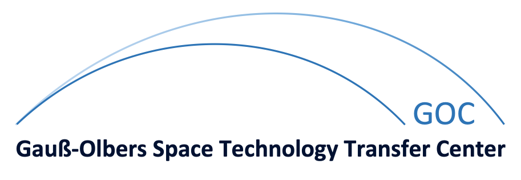Impact of Blind versus Non-blind Channel Estimation on the BER Performance of GSM Receivers
| Authors: | D. Boss, T. Petermann, K.-D. Kammeyer | ||||
| Abstract: | We investigate in this paper whether the HOS-based blind channel estimation method EVI (EigenVector approach to blind Identification, non-blind cross-correlation-based scheme used in state-of-the-art GSM receivers (Global System for Mobile comm.). For blind, non-blind, and ideal estimates of COST-207 mobile radio channels, we give simulated bit error rates (BER) after Viterbi detection in terms of the mean signal-to-noise ratio (mSNR). Averaged over three COST-207 propagation environments, EVI leads to an mSNR loss of 1.2dB only, while it saves the 22% overhead in GSM data rate due to the transmission of training sequences. Since just 142 samples are used for channel estimation, we consider this performance outstanding for an approach based on HOS. | ||||
| Document type: | Conference Paper | ||||
| Publication: | Banff, Canada, 21. - 23. July 1997 | ||||
| Conference: | IEEE Signal Processing Workshop on Higher-Order Statistics (SPW-HOS 97) | ||||
| Pages: | 62-66 | ||||
| Index: | 81 | ||||
| Files: |
|
Last change on
28.04.2008
by
Admin
© Department of Communications Engineering - University of BremenImprint / Contact







